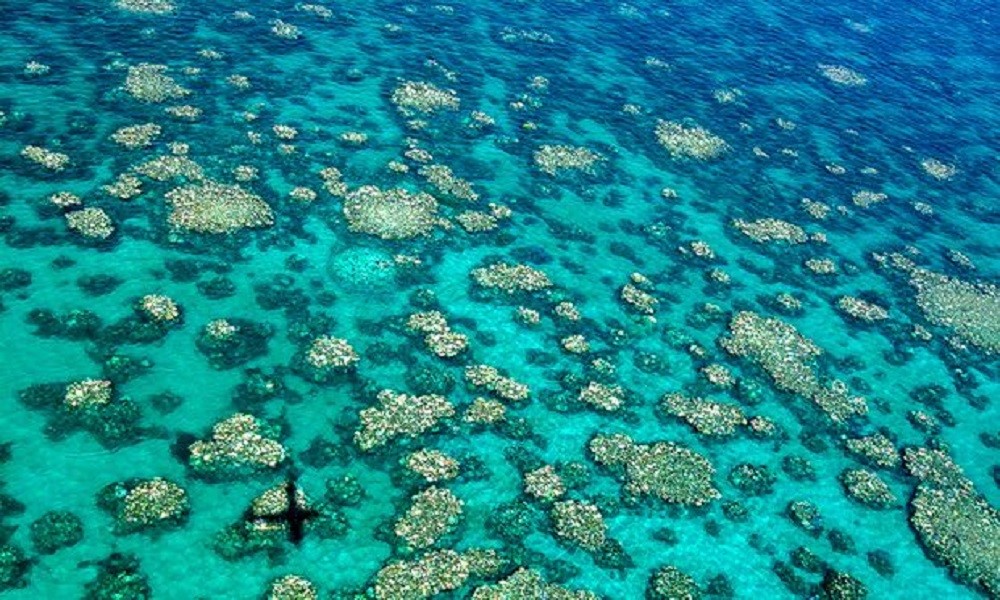Great Barrier Reef in jeopardy due to climate change
By Sam Siomko, Staff Writer
When we were kids, Pixar’s Finding Nemo brought us up close and personal to a thriving coral reef in Australia filled with quirky little tropical fish who made the reef their home. Since that movie’s release, people across the world have begun to take an interest in the Great Barrier Reef, a place most people could only dream about visiting. Running along the north-east coast of Australia, this reef is the largest in the world, hosting thirty species of whales, six species of sea turtles, four hundred species of coral, and many fish species, some of which are endangered and found nowhere else in the world. In short, the Great Barrier Reef is an ecological treasure.
But what if it disappeared? Though the reef is still very much alive, scientists are becoming concerned about how long it may survive. A recent aerial survey shows that the reef has endured another massive bleaching event, and this is the first time that a bleaching event has occurred in two consecutive years. “Bleaching” refers to a loss of photosynthetic microbes that help the coral obtain food. The coral will expel the microbes when the water warms, due to the heat-induced stress. Without these symbiotic microbes, the coral will essentially starve to death.
Heat stress in coral is caused by none other than human-made climate change. The air temperature has been record-breaking in Australia, with temperatures that are about eighteen degrees above average. These trends cannot be explained by anything natural, since such dramatic temperature changes normally would take millions of years to occur. Skeptics proposed that the El Nino year was to blame for the 2016 bleaching event; however this year’s data suggests that temperature spikes are becoming the new normal. “As temperatures continue to rise, the corals will experience more and more of these events,” said Terry Hughes, who led the aerial surveys. Another massive bleaching event like this suggests that there is little chance that the bleached coral damaged in 2016 will be able to recover.
he majority of the bleaching occurred along the middle third of the Great Barrier Reef, while last year’s bleaching occurred on the northern third. This leaves the southern sections relatively protected for the time being. Research suggests that it takes almost ten years for corals to recover, so another massive bleach would be devastating, and the remaining coral strongholds are in desperate need of protection. Though there is still hope for saving the remaining reef, a reduction in greenhouse gas emissions is critical. Researchers from international labs have been struggling with this issue since the first major bleachings in the seventies, and their efforts have made a huge impact in slow coral death or restore damaged reefs. The fight to protect natural treasures from climate change continues.

